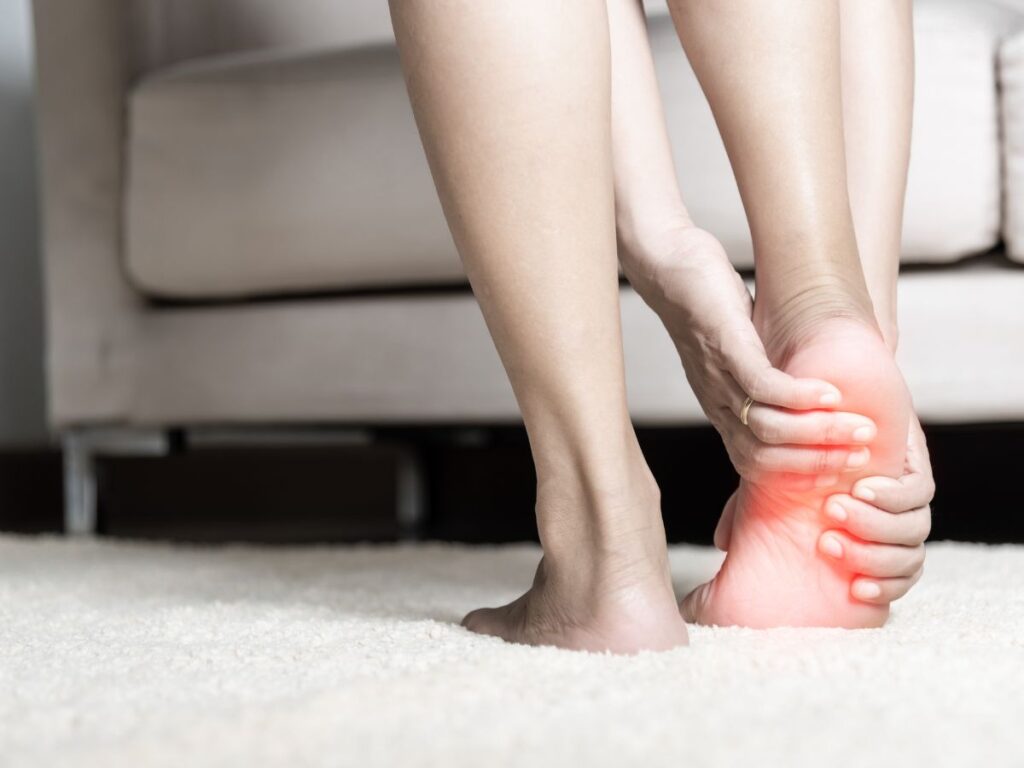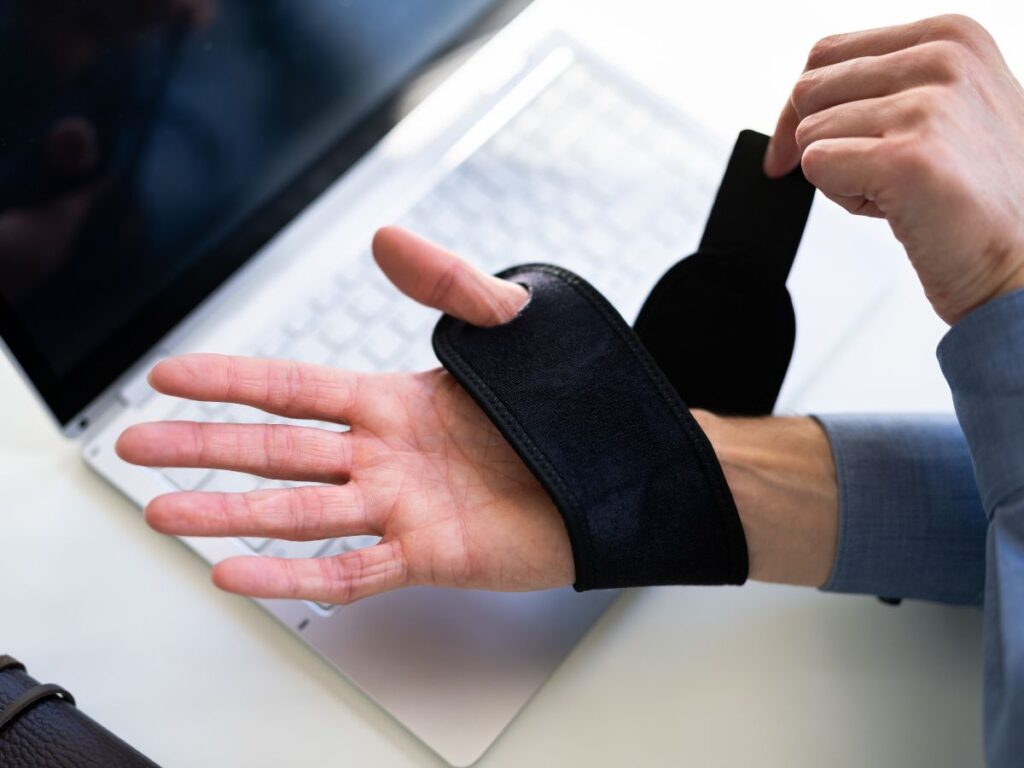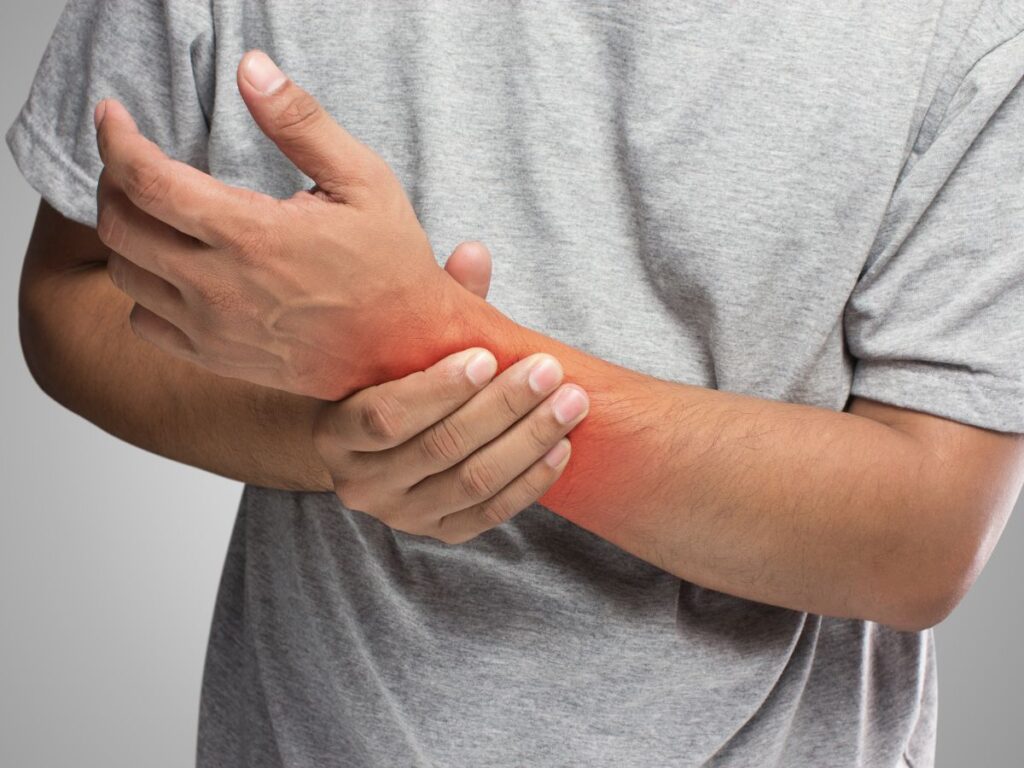Why Knee Pain Deserves Attention
The knee is a powerhouse joint, providing stability and flexibility for countless everyday tasks. When aches or sharp pains arise, daily life can quickly turn challenging. Whether you’re climbing stairs, walking the dog, or simply rising from a chair, knee discomfort can drain your energy and focus. Knee pain also tends to worsen without intervention, potentially limiting your activities over time.
Recognizing early signs can help you catch issues before they escalate. By understanding why knee pain occurs, you can develop a personalized plan that targets the underlying causes rather than merely masking symptoms. This approach often includes strengthening exercises, lifestyle adjustments, and stress management—all aimed at restoring comfort and function to your knees.
Common Causes and Risks
Knee problems can arise from various sources, and identifying them helps ensure you choose the right treatment. Frequent culprits include:
- Osteoarthritis: Gradual cartilage wear leading to stiffness and aches.
- Meniscus Injuries: Tears in the shock-absorbing cartilage, often from twisting motions.
- Ligament Strains: Excessive pressure on ACL, MCL, or other supportive tissues.
- Patellofemoral Pain: Misalignment of the kneecap causing front-of-knee discomfort.
- Obesity or Overuse: Added weight and repetitive stress accelerate knee degeneration.
Some people may have a genetic predisposition or a history of sports injuries that heighten their risk. Even certain occupations—like construction or nursing—demand repetitive kneeling or heavy lifting, further taxing the joints.
Early Signs of Knee Strain
Initially, knee issues might show up as minor stiffness or slight discomfort during strenuous activities. It’s easy to dismiss these signals, but doing so can delay essential care. Keep an eye out for:
- Swelling or tenderness around the kneecap
- Cracking or popping sensations when bending
- A catching feeling or instability in the joint
- A dull ache after extended standing or walking
Paying attention to these red flags helps you intervene early. Sometimes, resting or modifying high-impact exercises provides relief before knee pain becomes more serious.
Everyday Life Impacts
When your knees hurt, routine tasks like getting out of a car, carrying groceries, or even playing with children become physically draining. Over time, this discomfort can lead you to avoid healthy activities, such as light jogging or dance classes you once enjoyed. Social events might also take a back seat if climbing stairs or prolonged standing triggers knee flare-ups.
Prolonged inactivity, in turn, weakens the muscles that stabilize the joint, creating a downward spiral. The more the knee is neglected, the easier it becomes to re-injure or aggravate the area. Recognizing how knee pain ripples into different areas of life highlights the importance of acting swiftly.
Holistic Relief Strategies
Though you may find temporary relief from pain relievers or braces, real transformation often requires a more comprehensive plan. Options might include:
- Strengthening Exercises: Targeting the quadriceps, hamstrings, and calves helps stabilize the knee.
- Mobility Work: Gentle stretches improve joint range of motion and reduce stiffness.
- Manual Therapies: Massage, cupping, or myofascial release can ease tight tissues around the knee.
- Mindful Movement: Yoga or Pilates may offer low-impact ways to build flexibility and balance.
- Heat and Cold Applications: Using heat before activity loosens muscles; cold afterward may quell inflammation.
When combined, these measures tackle different facets of knee health, from muscular support to joint lubrication. Over time, consistent practice can significantly reduce discomfort.
Practical Self-Care Tips
Outside of formal exercise routines, simple daily habits can lighten the load on your knees. Here are a few suggestions:
- Wear supportive shoes to absorb impact and maintain proper alignment.
- Use a cushion or knee pads if your job or hobby requires kneeling.
- Keep a healthy weight to reduce stress on the joint.
- Try low-impact activities like swimming or cycling for cardiovascular fitness.
- Listen to your body—rest if you notice significant swelling or sharp pain.
Overlooking minor changes, like switching to supportive footwear, can worsen existing issues. Small tweaks can make a noticeable difference in how your knees handle daily demands.
Maintaining Progress
One of the biggest hurdles in knee rehabilitation is consistency. It’s tempting to return to normal activities as soon as the pain subsides, but stopping your exercise program prematurely increases the risk of setbacks. Building endurance and strength is an ongoing process—your knees respond best to gradual, steady improvement rather than sporadic bursts of intense effort.
Tracking your progress can help. Keep notes on pain levels, newly introduced exercises, or any daily tasks that trigger discomfort. This record not only keeps you motivated but also assists health professionals in refining your routine.
Emotional Well-Being Matters
Chronic pain in any joint can affect your mood and mental resilience. Frustration, anxiety, or a sense of isolation may develop if you feel limited by persistent knee troubles. Integrating relaxation techniques—like breathing exercises or mindfulness—into your day can help release tension that might otherwise amplify joint discomfort.
Additionally, leaning on supportive friends, family, or online communities offers a safe space to share challenges and successes. Sometimes, discussing your experiences and hearing others’ stories can reignite motivation, reminding you that improvements are within reach.
Book Your Appointment Here
If knee pain has held you back long enough, it’s time to take action. Schedule an appointment on this page for a thorough evaluation and personalized care plan. From targeted strength routines to lifestyle modifications, we’ll address the root issues so you can move confidently again.
Don’t let persistent knee discomfort dictate your choices. Book your session now and discover how strategic exercises, mindful daily habits, and a supportive approach can transform the way you feel and function.






